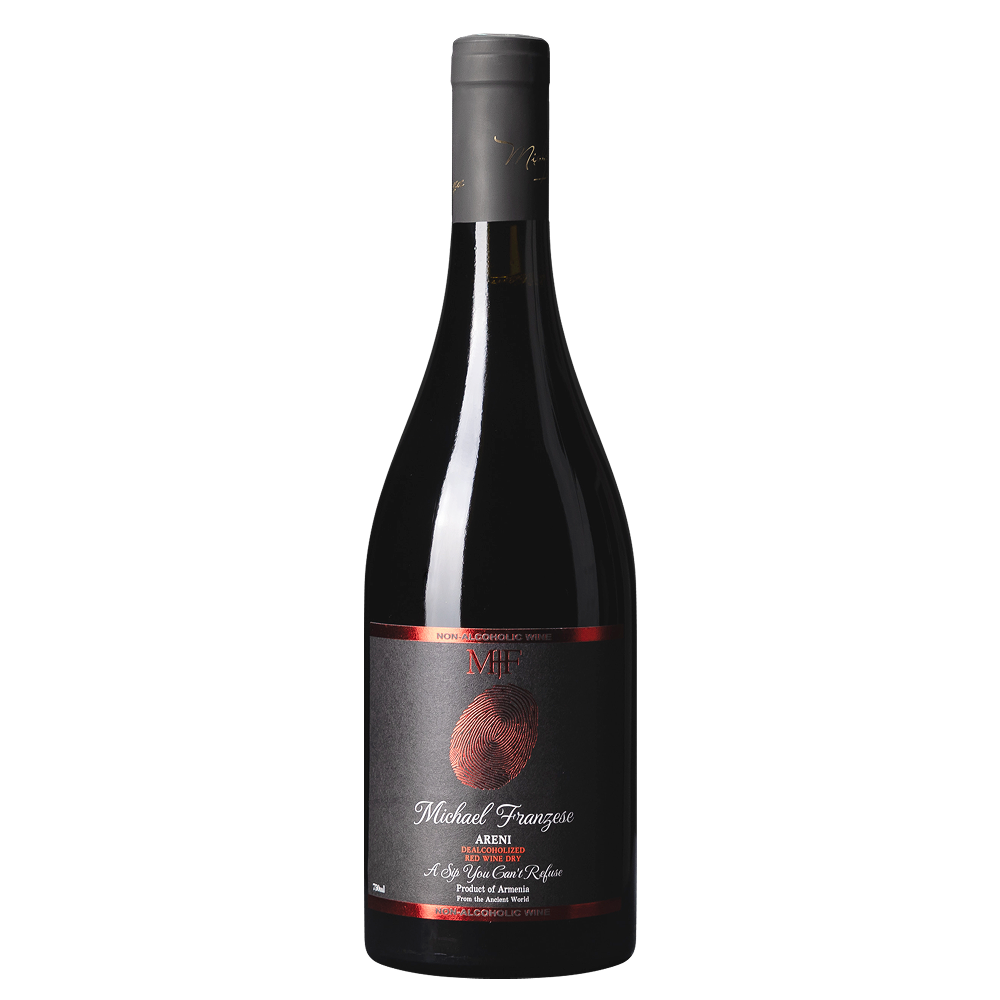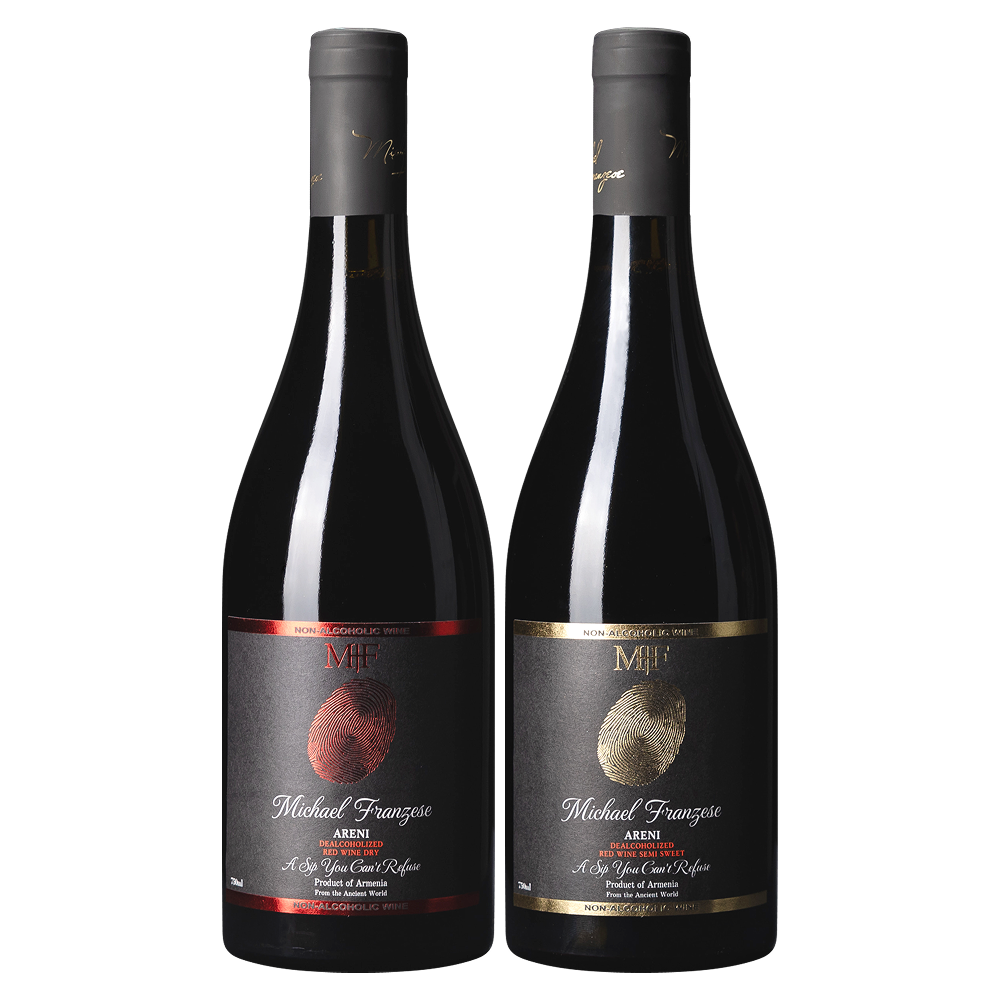Top 5 Best Non-Alcoholic Red Wines Under $20
Picture this: you’ve wrapped up a busy day—emails checked, errands done, maybe even a quick workout squeezed in—and now you’re craving something sophisticated, rich, and red… without the alcohol. Because let’s be honest, you don’t always want (or need) the buzz, the morning-after fog, or the added calories that come with traditional wine. What you do want is that same indulgent ritual: the gentle pop of the cork, the swirl in your favorite glass, the aroma that fills the room, and of course, the flavor that feels like a reward at the end of the day.
More and more women are embracing non-alcoholic wines as part of a balanced lifestyle—whether it’s for health, mindfulness, pregnancy, or just because it feels good to have an option that’s every bit as enjoyable as the “real” thing. And the best part? The world of non-alcoholic wine has grown so much better in the last few years. No longer are you limited to sweet, grape-juice-tasting blends. Today’s dealcoholized reds are bold, nuanced, and layered with the same complexity you’d expect from a $40 bottle—yet these gems come in at under $20.
Here, we’ve handpicked five bottles under $20 that prove you don’t have to compromise on taste or experience when choosing non-alcoholic red wine. Each one brings its own personality—whether it’s bold and structured, smooth and fruity, or earthy and elegant—so you can find the perfect match for your lifestyle.
So, let’s raise a glass to flavor, to wellness, and to having options that make you feel empowered, stylish, and completely in control. These are the five non-alcoholic reds worth sipping, savoring, and celebrating.
1. Franzese Dry Non-Alcoholic Wine
Franzese Wine Non-Alcoholic Dry Red Wine
Franzese Wine Non-Alcoholic Dry Red Wine
Inside the Bottle: Crafted from Armenia's ancient Areni grape (0% ABV), this dry red greets you with juicy raspberries, ripe plum, juniper, and a whisper of cacao. The bright, mouthwatering acidity dances across your palate, lingering long enough to leave you craving your next sip.
Why It Speaks to You: Think cozy movie nights or casual dinner dates, where you still want something thoughtful—but lighter. This wine brings that depth of flavor you'd expect at a $30+ bottle but fits nicely within your savvy budget-savvy lifestyle.
Pairing Ideas: Perfect with pasta in rich ragu, a cheeseburger with melted Swiss, or a side of sharp, firm cheese—each sip stays clean and lively thanks to its balancing acidity.
2. Be Well Cabernet Sauvignon
Be Well Cabernet Sauvignon Non-Alcoholic Wine
Be Well Cabernet Sauvignon Non-Alcoholic Wine
Inside the Bottle: A California-crafted, gently dealcoholized Cabernet (<0.5% ABV), this wine boasts lush notes of black plum and dark cherry, anchored by firm oak tannins and subtle flavors of cocoa and black pepper.
Why It Speaks to You: Ideal for girls’ nights, book club chats, or simply embracing a “wine moment” minus the alcohol. The traditional winemaking technique preserves structure and character—some say it “drinks like a $30–40 bottle
Pairing Ideas: Savory apps, roast veggies, or charcuterie boards—this is the kind of wine that’s both comforting and sophisticated.
3. Leitz Eins Zwei Zero Pinot Noir Non-Alcoholic Wine
Leitz Eins Zwei Zero Pinot Noir Non-Alcoholic Wine
Leitz Eins Zwei Zero Pinot Noir Non-Alcoholic Wine
Inside the Bottle: From Germany’s cool-climate vineyards, this still Pinot Noir is elegant and refined—brimming with aromas of red berries, cherries, soft spice, and earthy undertones. On the palate, it’s light yet flavorful: red fruit, gentle tannins, and a clean finish.
Why It Speaks to You: Want a glass of something that feels grown-up and refined? This is your go-to. Reddit community members rave: “Sip it slowly… enjoy all the dry, tart warm red wine goodness!” It’s perfect for pairing with simple indulgences or savoring by yourself when you're craving that classic wine vibe.
Pairing Ideas: Grilled vegetables, roasted poultry, light pasta—they all complement its fresh, structured profile.
4. Chateau Dinana Merlot
Chateau Diana Merlot Non-Alcoholic Wine
Chateau Diana Merlot Non-Alcoholic Wine
Inside the Bottle: A celebratory, fruit-forward Merlot from California’s Dry Creek Valley. Expect ripe plum, blueberry, and blackberry flavors, undercut by a hint of vanilla—and all in a light, smooth, and approachable package—without the alcohol.
Why It Speaks to You: This is the “fun indulgence” bottle for brunches, baby showers, or just treating yourself after a long week. With only about 100 calories per 240 ml serving, it’s a lighter pick that still feels decadent.
Pairing Ideas: Think cozy: enjoy with stone fruit desserts, charcuterie, or even a side of dark chocolate for a balanced, simply sophisticated treat.
5. Le Natural Zero Zero Red Organic
Le Naturel Zero Zero Red Organic Non-Alcoholic Wine
Le Naturel Zero Zero Red Organic Non-Alcoholic Wine
Inside the Bottle: Crafted from Garnacha Tinta (Grenache), this 0.0% ABV red dazzles with a light cherry-red hue and fragrant notes of fresh red fruits, compote, liqueur cherries, and a dash of spice. The palate is structured yet silky, with refreshing acidity that keeps things lively and engaging.
Why It Speaks to You: Like balance in a glass—organic, thoughtful, and full of life. This wine was made for modern women chasing health-conscious choices without compromising on taste or elegance.
Pairing Ideas: Light salads, roasted white meats, or vegetable-forward dishes—it’s versatile enough to elevate everyday meals.








